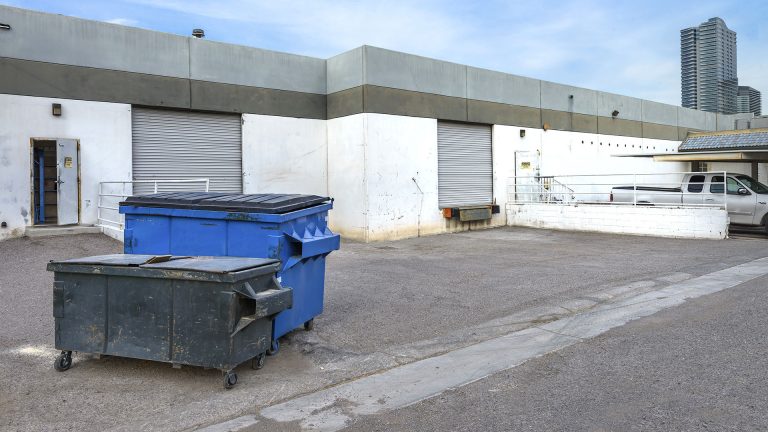There are three key areas to consider in improving productivity at your warehouse, distribution facility or fulfillment center:
- Information flow must match physical flow. When the flow of information matches the physical flow of goods, inventories can be better managed and storage, pick-and-pack and retrieval operations can be streamlined, increasing productivity. It is important to realize that optimal inventory does not necessarily mean minimal inventory. To efficiently manage inventory and the flow of goods, look beyond weekly order statistics. Today’s global market demands consideration of complex logistics. If goods must be shipped from distant or multiple locations, maintaining a higher inventory of certain products can enable faster and more efficient customer response. Gathering maximum information about each specific facet of your operation allows you to discern customer and supplier patterns and the interrelationship of the many logistical factors that connect them. Developing a thorough understanding of “the big picture,” puts you in position to more effectively and efficiently direct the flow of goods through your facility.
- Know and improve your total operation first. Before implementing new technology, particularly before engaging in the requisite evaluation that precedes a major change in your operation, make certain you have a thorough understanding of every aspect of your present operation. Current processes should be honed and improved to maximum efficiency and productivity before embarking on the time, expense and training involved to implement new technology. A thorough understanding of your total operation will enable you to make optimal use of current processes and pinpoint areas that can best profit most from new technology.
- Automate where possible. As labor becomes more expensive and laborers become harder to find, automation is the key to increasing productivity. With the Baby Boomer generation reaching retirement age, the traditional U.S. workforce is beginning to shrink. There are fewer people available to replace the retiring workforce, and fewer young people are seeking jobs in warehousing, distribution and fulfillment. A smaller available workforce will be in a position to demand higher wages. Increased automation and, where automation is not possible, the use of equipment that allows a single worker to accomplish more tasks in less time can decrease necessary workforce and labor costs while increasing efficiency and productivity.


